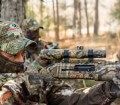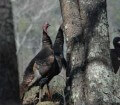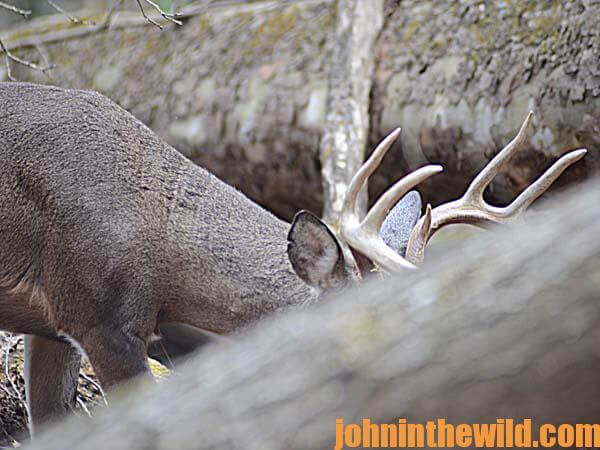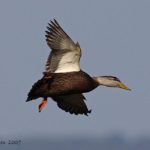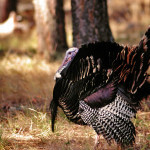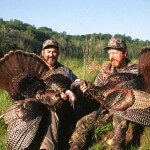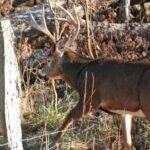John’s Note: Can you spot a turkey’s head as the bird comes through new foliage? Too, can you quickly and easily identify whether or not the bird has a beard? Can you see a deer fast and get off a clear shot before it vanishes in thick brush? While bowhunting with Travis Fryman, well-known professional baseball player and winner of several batting awards in the national leagues, I asked, “How do you see a baseball being thrown toward home plate at 90 mph?” Fryman answered, “I can see the ball and even the stitches on the ball and know which way those stitches are turning.” With that knowledge, in less than a fraction of a second, Fryman could determine when to swing his bat and where to hit the ball. Fryman had sharpened his vision skills through exercises. When a pro quarterback has called a pass play, he must be able to see each of his wide receivers as they run down and across the field and determine which receiver to throw the ball to complete the pass before he’s tackled. Too, the faster you can identify a turkey or a deer as it moves through the woods, the quicker you can mount your rifle or shotgun, aim and shoot accurately. There are ways you can speed up your reaction time by developing your vision skills. No matter how good someone’s basic visual abilities are, they can be enhanced. You can start now to improve your spring turkey season and fall and winter deer season success by developing your visual skills.
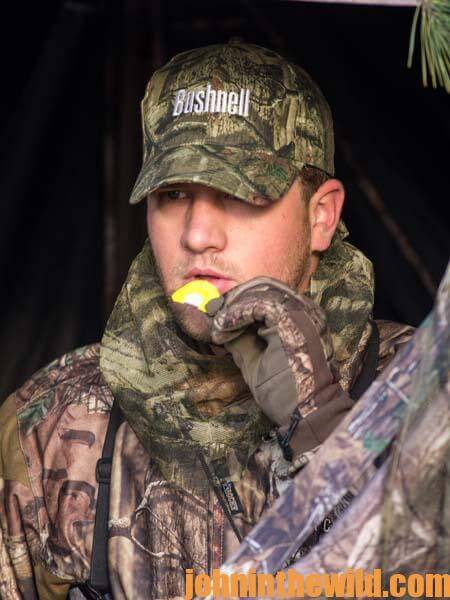 Moving ever so slowly, and intensely conscious of my surroundings, I slipped silently down an old logging trail during the fall one year. As I walked, stopping periodically, my eyes searched the cover. Some 50-yards away, between two trees and just behind some low brush, I spotted a line parallel to the ground. I wondered, “Is that a fallen tree or the back of a deer?” I could see something extending behind the cover from the parallel line. I couldn’t tell, however, whether I was looking at a limb or at the neck of a deer. And, if it was a deer, I wasn’t certain if it had antlers. For 10 minutes, I stared. If the vision in front of me was a deer, it would be an easy shot for my .30/06. If it wasn’t a deer, or if it was a doe, I wouldn’t fire. The opportunity to take a buck might have been standing in front of me – but I didn’t know for sure. Finally, my patience at an end, I moved in a little closer. When I stirred, the deer took flight. I watched his massive rack vanish. If I had had better visual skills, I would have known the line was actually a buck.
Moving ever so slowly, and intensely conscious of my surroundings, I slipped silently down an old logging trail during the fall one year. As I walked, stopping periodically, my eyes searched the cover. Some 50-yards away, between two trees and just behind some low brush, I spotted a line parallel to the ground. I wondered, “Is that a fallen tree or the back of a deer?” I could see something extending behind the cover from the parallel line. I couldn’t tell, however, whether I was looking at a limb or at the neck of a deer. And, if it was a deer, I wasn’t certain if it had antlers. For 10 minutes, I stared. If the vision in front of me was a deer, it would be an easy shot for my .30/06. If it wasn’t a deer, or if it was a doe, I wouldn’t fire. The opportunity to take a buck might have been standing in front of me – but I didn’t know for sure. Finally, my patience at an end, I moved in a little closer. When I stirred, the deer took flight. I watched his massive rack vanish. If I had had better visual skills, I would have known the line was actually a buck.
One of the reasons that veteran turkey hunters are often involved in shooting accidents in the spring is they think they know how to connect the dots. This hunter:
* sees what appears to be a spot of red, which he believes indicates a tom’s head is moving in the same area as he’s seen a turkey earlier;
* has seen a beard on what he assumes is a turkey; and
* aims where the turkey’s wattles seem to join the neck and squeezes the trigger.
Then the hunter hears a scream, never realizing that what he’d seen was a jake decoy moving in the wind with a turkey hunter sitting 10 yards behind the decoy.
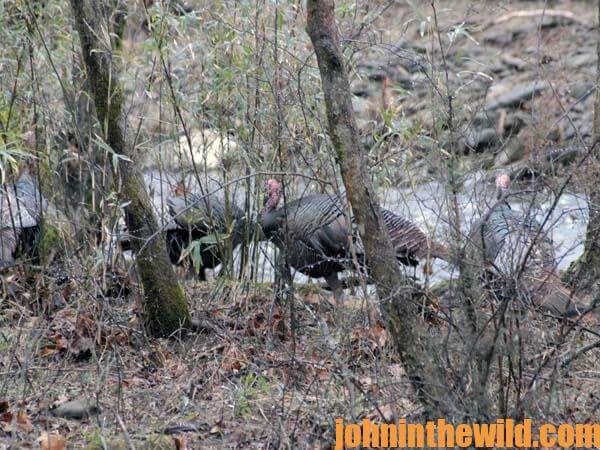 “When using turkey decoys, always set them up – 10-20 yards off to the right or the left side of where you’re sitting and calling,” says World Champion turkey caller, Matt Morrett. “That way you won’t be in the line of fire, if another hunter sneaks into your hunting region.”
“When using turkey decoys, always set them up – 10-20 yards off to the right or the left side of where you’re sitting and calling,” says World Champion turkey caller, Matt Morrett. “That way you won’t be in the line of fire, if another hunter sneaks into your hunting region.”
Every hunter can recount similar experiences. And, no matter how skilled we are as stalkers, how accurate we are as shooters, how well we select guns, ammunition, and terrain to hunt, our hunts will be fruitless without the ability to see turkeys or deer.
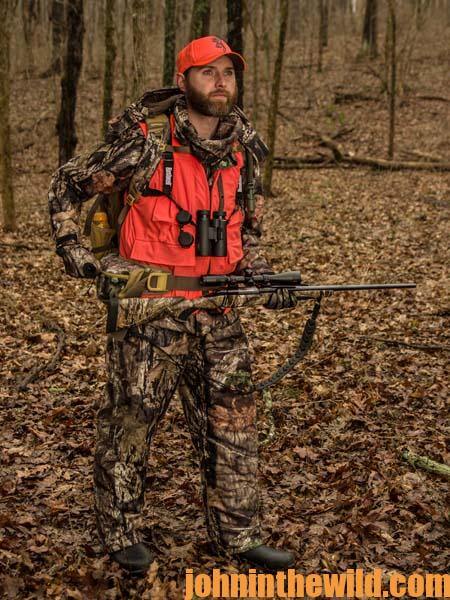 To get John’s book, “The Turkey Gobbler Getter Manual,” for free, go to www.johninthewild.com/free-books to download.
To get John’s book, “The Turkey Gobbler Getter Manual,” for free, go to www.johninthewild.com/free-books to download.
To learn more about John E. Phillips’ eBooks and print books on hunting turkeys and deer, click here.

